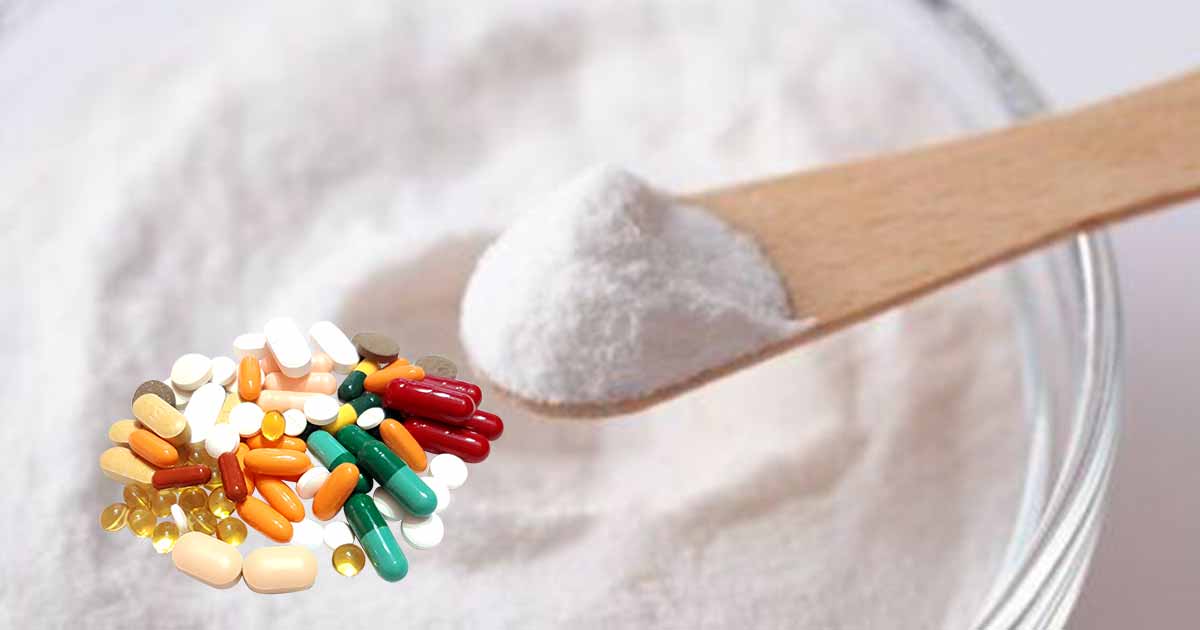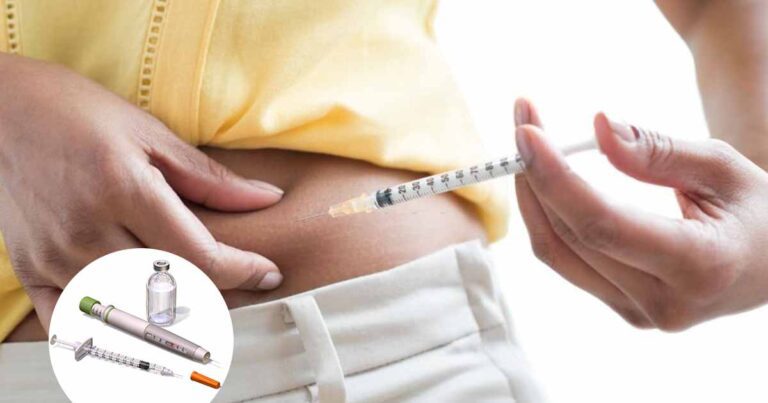Surgical gloves application date backs to 1758, when Johann Julius Walbaum described gloves use in obstetrics. However, Sir William Halstead is considered the father of the surgical gloves as he is the first person to use sterile gloves in the operating room in the 1890s.
Initially, the aim of the glove is to protect the hands of the healthcare provider from the antiseptics used in the surgery, but the role has expanded to other function such as the control of contamination or infection between the surgeon, nurses, or healthcare giver and the patient.
The shelf life of surgical gloves is mostly five years from the manufacturing date. Also, glove is mostly for single use only.
Surgical gloves should have ideal features such as good tensile strength, force at break, stress at elongation, sterility, quantity of powder, and protein that are not beyond the specified range.
Types of Surgical Gloves
We have various types as determined by the material, texture, the purpose of use. The main materials for surgical gloves are:
Rubber Latex, which may cause allergy in some individuals due to the protein in the material. Emollients of hydrocarbon or petroleum jelly base can also weaken the latex.
Neoprene is a synthetic material that is latex free. However, it is more expensive than latex, and less elastic too.
Polyisoprene is the most expensive material. It is latex free and has similar properties to latex gloves, such as elasticity, sensitivity.
Nitrile can be mixed with latex material to improve the elasticity and comfort. This glove has good chemical protection.
Some examples of the gloves in the market are:
- Synthetic powder-free gloves: Made from synthetic materials such as neoprene, polyisoprene. It is free from allergies associated with latex gloves. It can be used to handle chemotherapy drugs.
- Latex powder-free gloves: Made from natural rubber latex. There is a special type used in radiation procedure. It is a radiation attenuation glove, made from bismuth oxide in rubber latex. This type is powder free.
- Latex powdered gloves which may cause allergy in some individuals.
Different sizes of Surgical Gloves
Surgical gloves come in different sizes, such as
- 5.5,
- 6.0,
- 6.5,
- 7.0,
- 7.5,
- 8.0,
- 8.5,
- 9.0
The sizes have different width, but have a similar thickness in the cuff, palm and fingers. Surgical gloves also come in different colors.
Main Uses of Surgical Gloves
- Worn by surgeons and theatre staff during surgical procedures to prevent sepsis. In conditions such as HIV/AIDs, hepatitis, double doning of the glove is recommended.
- For certain intravenous and intramuscular injection
- Wound dressing and handling
How to Store the Gloves
- Store in an environment with good ventilation.
- Prevent from direct sunlight, fluorescent light.
- Store away from temperature extremes (above 40oC). The suitable temperature range is between 18 to 32oC.
- Store in a dark, cool and dry place.
- Avoid radiation and energy generating equipment, machines
How to Don Surgical Gloves
- Wash your hands thoroughly to eliminate any dirties, microbes in the hand. Dry the hands.
- Remove the gloves from the package.
- With one hand, hold the gloves by the cuff and insert the fingers of the other hand gently. Avoid unnecessary pressure to prevent the gloves from tearing.
- Repeat the same process, with the other hand.
- Make sure your fingernails are short to avoid tearing the gloves.
- After donning the gloves before use, use a sterile towel or sponge to remove the powder particles from it.
- Do not touch your skin or face after donning the gloves.
- Discard the gloves after use.
How to Doff Surgical Gloves
- Pinch one glove using your index finger and thumb at wrist level while making sure you do not touch the skin of the forearm
- Pull the glove downward away from the hand. Allow the glove to turn inside out.
- Make sure you hold the removed glove with the gloved hand.
- Slide the fingers of the ungloved hand inside the gloved hand in the area between the glove and wrist.
- Remove the second glove by rolling it inside out and over the top of the first glove
- Discard the removed gloves in a waste container
- Clean your hands with water and soap, or an alcohol-based sanitizer.
Differences between Surgical Gloves and Medical Examination Gloves (Latex, Vinyl)
The main difference between medical examination gloves and surgical gloves is that latex and vinyl gloves (examination gloves) are used for low risk and non-invasive procedures, while surgical gloves are manufactured at high quality and are used for medical and surgical procedures that require high sensitivity, accuracy and precision.
Sterility is of utmost importance in surgical gloves, unlike some examination gloves that are not sterile. Surgical gloves are also packed in pairs. The sizing is also more precise than in examination gloves.
Examination gloves can be powdered or non-powdered, but most surgical gloves are non-powdered to eliminate allergies from the natural rubber material.
References:
- https://dermnetnz.org/topics/surgical-gloves
- https://www.researchgate.net/publication/274390750_Multiple_Uses_of_Surgical_Gloves












